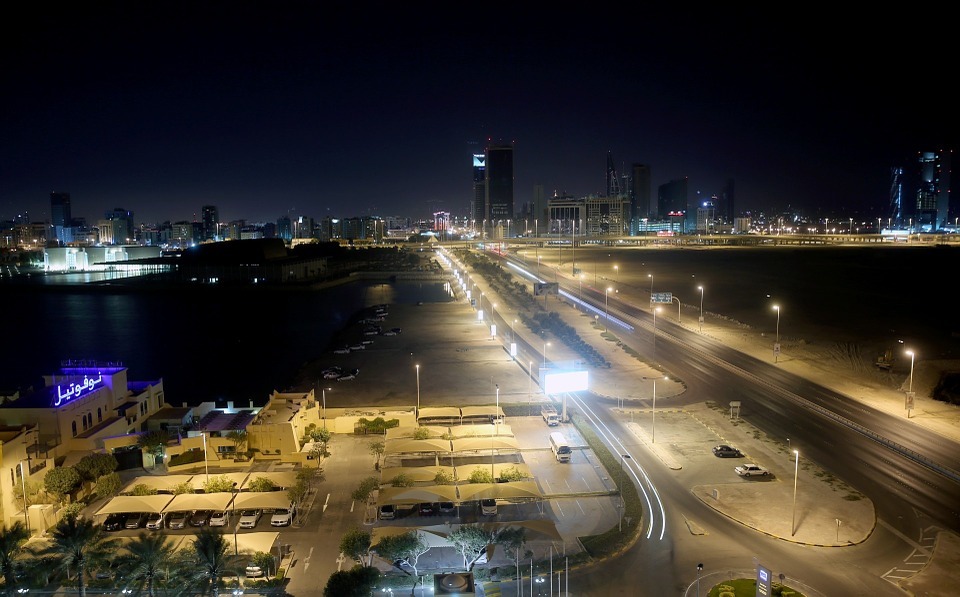
The discovery of a billion-barrel oil and gas find off the coast of Bahrain may only see “a fraction” of the reserves recoverable, claims a senior oil analyst for the region.
Speaking on the back of the huge discovery in the Khalij al-Bahrain basin, Tom Quinn, senior analyst for Middle East upstream at Wood Mackenzie said that a tight reservoir like the one in the Bahrain find would mean “a low recovery factor”.
Not far from the Saudi maritime border, it’s understood the first well in the Khalij al-Bahrain basin encountered oil.
The announcement of such a large find follows on from Schlumberger’s contract two exploration wells in the region last year.
Official estimates judge the discovery to more than 81 billion barrels of oil, with gas reserves that could contain 13.7 Tcf.
Mr Quinn said: “While the scale of discoveries is very large, more information is needed to establish how much of the resource is commercially recoverable. Core analysis by Schlumberger suggests the oil formation could be classified as a borderline conventional-unconventional play.
“A tight reservoir means a low recovery factor and only a fraction of the 80+ billion barrels is likely to be recoverable. The oil will also be technically challenging and potentially high cost to develop.
“NOGA will be approaching international partners to contribute funding and technical expertise. However, Bahrain’s previous oil contracts had tough fiscal terms by international standards, and the IOC partners made meagre returns. Therefore new fiscal terms will be needed to attract suitable partners.”
Bahrain is has confirmed its intention to instal an FSRU to import LNG with a nominal capacity of 800 mmcfd, which is due to come online early next year.
It is likely that Bahrain will need this gas import capacity until the new discoveries come onstream.
Mr Quin added: added: “Bahrain is facing declining production from its onshore field – despite ambitions to reach 100,000 b/d, it is currently closer to 45,000 b/d. Bahrain also receives 150,000 b/d from the Abu Sa’fah field, which is shared with Saudi Arabia.
“Bahrain imports crude from Saudi Arabia through a pipeline which is currently being expanded, with crude being supplied to the Sitra refinery. Any new oil production would likely be exported. NOGA hopes to bring the crude to market in five years.”